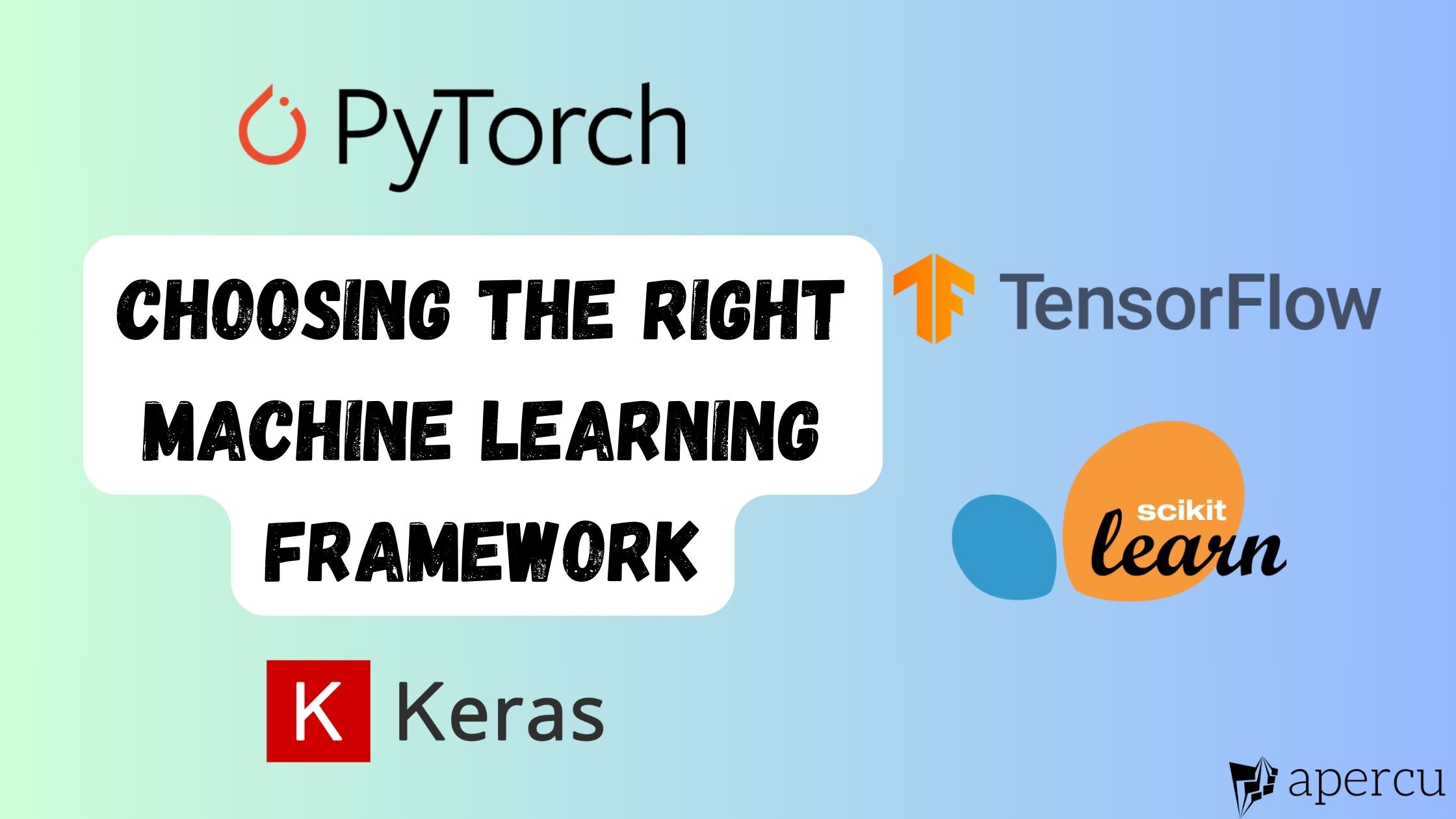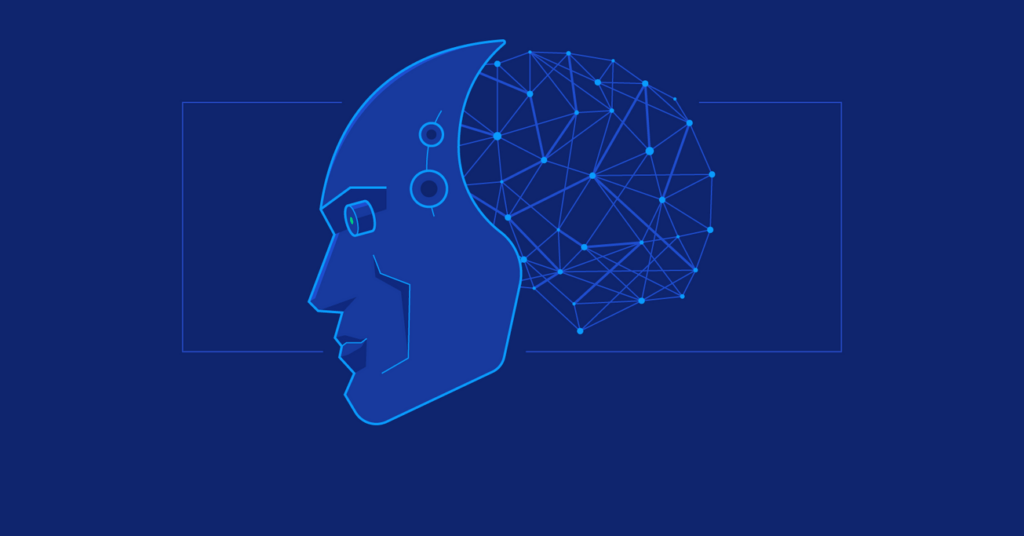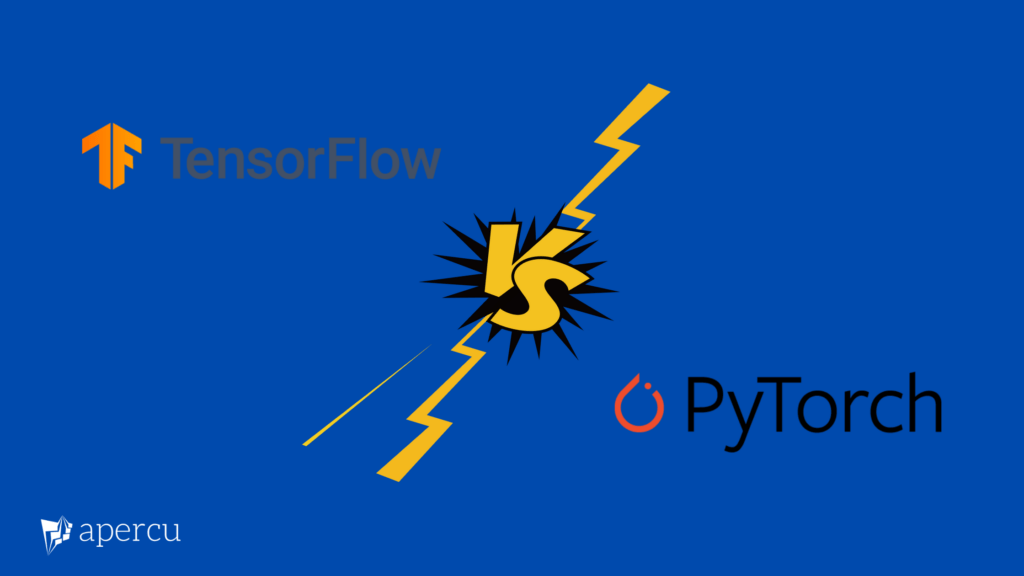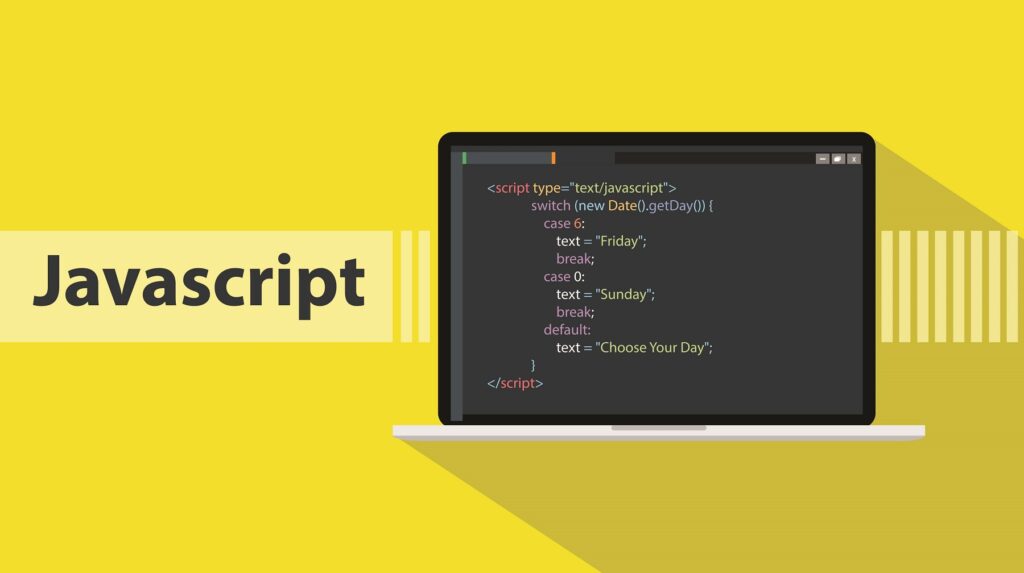Machine Learning (ML) has transformed how we tackle complicated problems such as identifying objects in images and understanding natural speech or text. Therefore, choosing the correct machine learning framework is critical to the success of your project. With so many alternatives accessible, it’s important to grasp their respective strengths and limitations. We’ll walk you through the essential characteristics of ML frameworks and present practical examples to help you make an informed decision for your next project.
Understanding Machine Learning Frameworks
Machine Learning frameworks provide a set of tools and libraries to build, train, and deploy ML models efficiently. They abstract away the low-level implementation details, allowing developers to focus on model architecture and data preparation.
These frameworks offer a wide range of pre-built algorithms and techniques that can be easily integrated into the development process. Additionally, they provide extensive support for parallel computing, allowing for faster training and inference on large datasets. With machine learning frameworks, developers can easily experiment with different models, hyperparameters, and data preprocessing techniques to find the best solution for their specific problem. Overall, these tools significantly simplify the development and deployment of machine learning models.
Popular ML Frameworks
- TensorFlow:
- Developed by Google, TensorFlow is one of the most widely used frameworks for ML and deep learning projects. It offers a comprehensive set of tools for building and deploying various models.
- PyTorch:
- Developed by Facebook, PyTorch is known for its dynamic computation graph, making it popular among researchers. It’s highly flexible and provides a more Pythonic approach to building models.
- Scikit-learn:
- Scikit-learn is a versatile ML library in Python that provides a wide range of algorithms and tools for data preprocessing, model selection, and evaluation.
- Keras:
- Keras is a high-level neural network API that can run on TensorFlow or Theano. It provides a simple and intuitive interface for building complex models.
Key Considerations for Choosing a Framework
1. Ease of Use:
- Consider the simplicity and intuitiveness of the framework. This is important for rapid prototyping and development. A simple and intuitive framework allows developers to quickly grasp the basic concepts and functionalities, reducing the learning curve and enabling them to start prototyping and developing applications at a faster pace. It also aids in collaboration among team members, as everyone can easily understand and work with the framework’s structure and conventions. Moreover, simplicity and intuitiveness contribute to the overall user experience, as users can navigate and interact with the application seamlessly.
2. Community and Documentation:
- A strong community and extensive documentation can be invaluable when you run into issues or need guidance. A strong community provides a platform for users to ask questions, seek advice, and share their knowledge and experiences with the framework. This sense of community fosters a supportive environment where developers can easily find help and solutions to their problems. In addition, extensive documentation ensures that users have access to clear and detailed instructions on how to use the framework effectively, saving time and preventing frustration. Overall, both a strong community and extensive documentation contribute to a smoother development process and enhance the framework’s overall reliability and credibility.
3. Performance:
- Some frameworks may perform better for specific tasks or on certain hardware. It’s important to benchmark the frameworks against your specific use case. This will help you determine which framework is most suitable for your needs and ensure optimal performance. Additionally, by benchmarking the frameworks, you can identify any potential limitations or bottlenecks that may arise during development. This step is crucial to making informed decisions and choosing the most efficient framework for your project, ultimately leading to successful and efficient development.
4. Research vs. Production:
- Machine learning frameworks, in general, have distinct strengths that cater to different aspects of machine learning development. PyTorch, exemplified by its dynamic computation graph, is highly favoured by researchers for its adaptability and fine-grained control. This feature empowers researchers to readily experiment and refine their models.
On the flip side, TensorFlow’s emphasis on robust deployment capabilities makes it a stalwart choice for industrial applications. Its focus on production readiness ensures that models can be efficiently deployed and scaled in real-world settings, which is a critical requirement for many businesses.
Ultimately, the selection between deep learning frameworks hinges on the specific requirements and objectives of the project. Both PyTorch and TensorFlow, among other frameworks, bring valuable attributes to the table, allowing developers to choose the one that best aligns with their unique needs.
5. Compatibility with Existing Tools and Libraries:
- Considering the compatibility with other tools, especially if you have an existing tech stack, is crucial in selecting a framework. A framework that seamlessly integrates with your current tools and technologies will ensure a smooth transition and reduce the need for major code refactoring. Additionally, this compatibility will allow for leveraging the functionalities and capabilities of both the framework and the existing tools, maximizing efficiency and productivity. Therefore, thoroughly evaluating a framework’s compatibility is essential in making an informed decision and avoiding potential issues down the line.
Conclusion
Choosing the right machine learning framework is a critical choice that will affect the success of your project. Consider usability, community support, performance, flexibility, and compatibility with existing tools. Experiment with many frameworks and select the one that best meets the needs of your project.
Remember that the best framework is one that allows you to successfully bring your ML concepts to life.





Comments are closed.